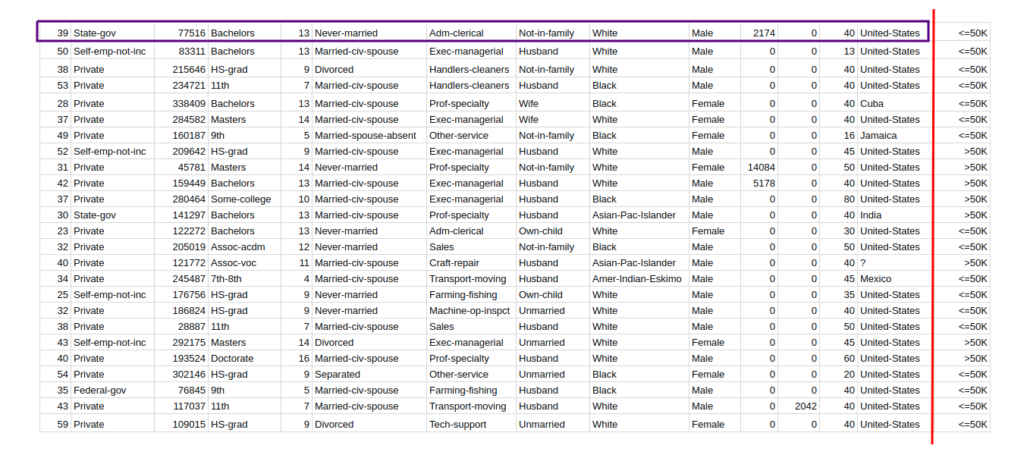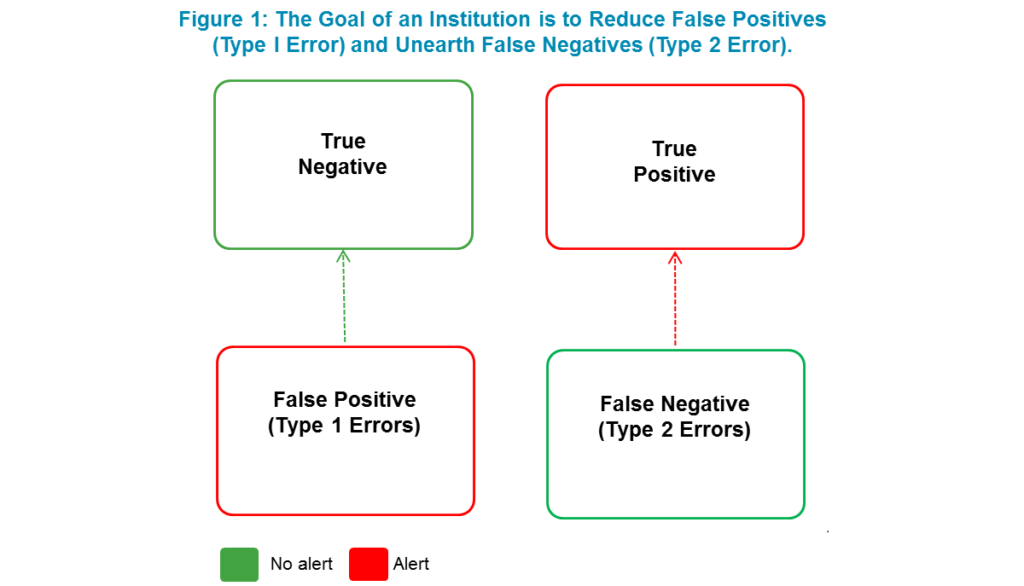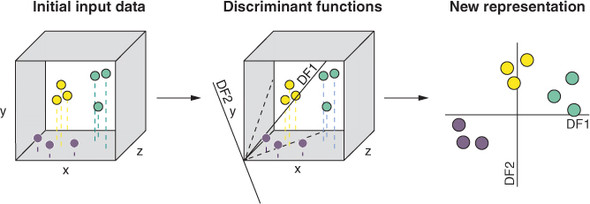Machine learning has taken the world by storm. With its ability to make predictions and analyze data, it has become an indispensable tool in various industries. But have you ever wondered what a machine learning model looks like? What is it made of, and how does it work? In this article, we will delve into the fascinating world of machine learning models and uncover the mystery behind their workings.
At its core, a machine learning model is simply a set of rules or algorithms that enable a computer to learn from data. These rules are designed to identify patterns and relationships within the data, which can then be used to make predictions or classifications. But what do these rules actually look like? How are they created, and how do they work together to produce accurate results? In the next section, we will explore the key components of a machine learning model and gain a deeper understanding of its inner workings.
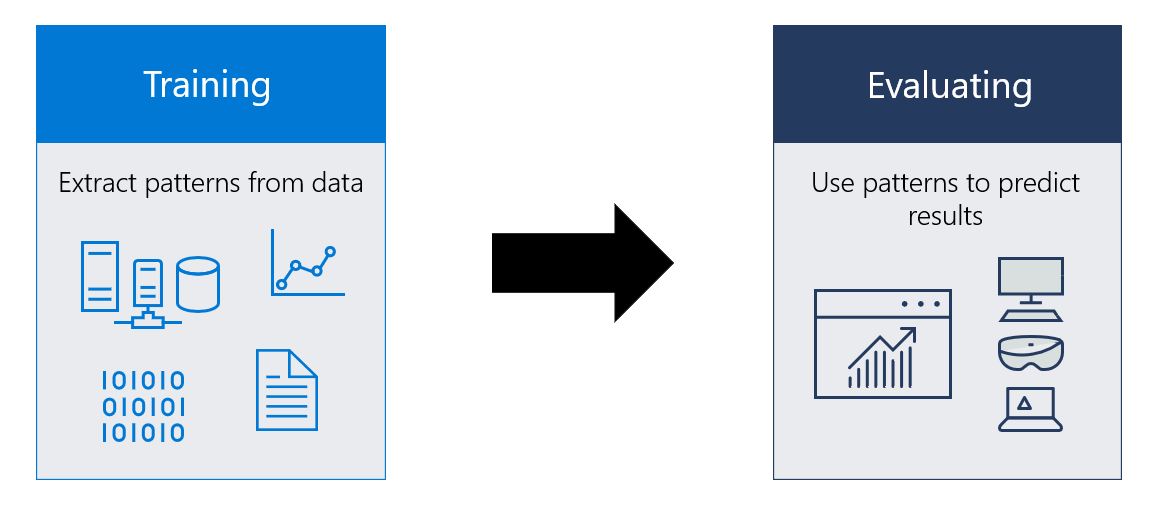
What is a Machine Learning Model?
Machine learning is an artificial intelligence (AI) technique that enables computers to learn from data without being explicitly programmed. It can be used to identify patterns, trends, and relationships in data, and generate predictions about future events. A machine learning model is a mathematical representation of a given data set, which is used to generate predictions about the data.
What Does a Machine Learning Model Look Like?
A machine learning model can take many forms, depending on the type of data and the desired outcome. Generally, the model will include a set of features, or independent variables, that are used to predict a dependent variable, or output. These features can include numerical values, categorical values, text, and other types of data. The model is then trained on the data set, and the output is evaluated.
Linear Regression
Linear regression is one of the most commonly used machine learning models. It is used to predict a continuous dependent variable based on one or more independent variables. In this type of model, the output is a linear equation that describes the relationship between the variables. For example, a linear regression model might be trained using data about the price of a house based on its size, location, and other features.
Logistic Regression
Logistic regression is another popular machine learning model used for classification problems. In this type of model, the output is a probability that the input data belongs to a certain class. For instance, a logistic regression model might be trained to predict whether a customer will purchase a product based on their age, gender, and other features.
Decision Trees
Decision trees are a type of supervised machine learning model used to make decisions based on input data. In this type of model, the output is a series of questions or decisions that are used to determine the best action to take based on the data. For example, a decision tree might be used to determine whether a loan application should be approved or rejected based on the applicant’s credit score, income, and other features.
Neural Networks
Neural networks are another type of machine learning model used for complex tasks such as computer vision and natural language processing. A neural network is composed of neurons, or nodes, which are connected together and can “learn” from data. For example, a neural network might be trained to recognize objects in images or to translate text from one language to another.
Support Vector Machines
Support vector machines (SVMs) are a type of machine learning model used for classification and regression problems. In this type of model, the output is a line or plane that separates the data points into different classes. For example, an SVM might be trained to classify emails as spam or not spam based on the words in the email.
Random Forests
Random forests are an ensemble machine learning model used for classification and regression problems. In this type of model, the output is a set of decision trees that are combined to make a prediction. For instance, a random forest might be used to predict the likelihood of an individual defaulting on a loan based on their credit score, income, and other features.
K-Nearest Neighbors
K-nearest neighbors (KNN) is a type of machine learning model used for classification problems. In this type of model, the output is a prediction based on the data points that are “nearest” to the input data. For example, a KNN model might be used to predict the type of flower based on the petal length and width of a sample flower.
Naive Bayes
Naive Bayes is a type of machine learning model used for classification problems. In this type of model, the output is a prediction based on the probability of a given event occurring, given the data. For instance, a Naive Bayes model might be used to predict whether an email is spam or not based on the words in the email.
Frequently Asked Questions
A machine learning model is an algorithm that can learn from data and make predictions. It is used in a variety of applications, including data analysis, computer vision, natural language processing, and more.
What is a machine learning model?
A machine learning model is an algorithm that can learn from data and make predictions. It uses the data to build a model that can be used to make predictions about future data. It is a type of artificial intelligence that can be used to automate tasks and provide insights.
The model is built by training the algorithm on a set of data. The algorithm analyzes the data and extracts patterns and relationships. It uses these patterns to create a model that can be used to make predictions about future data. This model can be used to automate tasks or provide insights that would be difficult or impossible to obtain manually.
What are the types of machine learning models?
There are several types of machine learning models, including supervised learning, unsupervised learning, and reinforcement learning. Supervised learning models are used when the desired output is known and the model is trained to predict it. Unsupervised learning models are used when the desired output is unknown and the model is trained to find patterns in the data. Reinforcement learning models are used when the desired output is unknown and the model is trained to take actions that maximize a reward.
In addition to these types of models, there are also hybrid models that combine different types of machine learning models. These models are often used for tasks that require multiple types of learning. For example, a hybrid model might use supervised learning to classify images and unsupervised learning to segment the images.
What are the benefits of machine learning models?
Machine learning models can automate tasks and provide insights that would be difficult or impossible to obtain manually. They can also be used to make predictions about future data, which can be used to make decisions and guide future strategies. Furthermore, machine learning models can be used to optimize processes, such as predictive maintenance and supply chain management.
Another benefit of machine learning models is that they can be trained on large amounts of data. This allows the model to learn more quickly and accurately than a human. Furthermore, machine learning models can be used to identify patterns and relationships that may not be obvious to humans. This can help identify opportunities and risks that would otherwise be missed.
How do you build a machine learning model?
Building a machine learning model involves several steps. First, you need to collect and prepare the data that will be used to train the model. This step involves cleaning the data, selecting the appropriate features, and transforming the data into a format that can be used by the model.
Next, you need to select an appropriate machine learning algorithm. Different algorithms are better suited for different types of data and tasks. Once the algorithm is selected, the model can be trained on the data. This step involves tuning the parameters of the algorithm and optimizing the model to achieve the best performance.
Finally, the model needs to be tested and evaluated. This step involves testing the model on unseen data and measuring its performance. The results of this step can be used to refine the model and improve its performance.
How do you deploy a machine learning model?
Once a machine learning model is built and tested, it needs to be deployed so that it can be used in production. This step involves hosting the model on a server and creating an application programming interface (API) that can be used to access the model. The API can be used to make predictions or automate tasks using the model.
In addition, the model needs to be monitored and maintained. This step involves monitoring the performance of the model and updating it when necessary. The model also needs to be retrained periodically in order to keep it up to date with changes in the data or task. Finally, the model needs to be secured to ensure that it is not accessed by unauthorized parties.
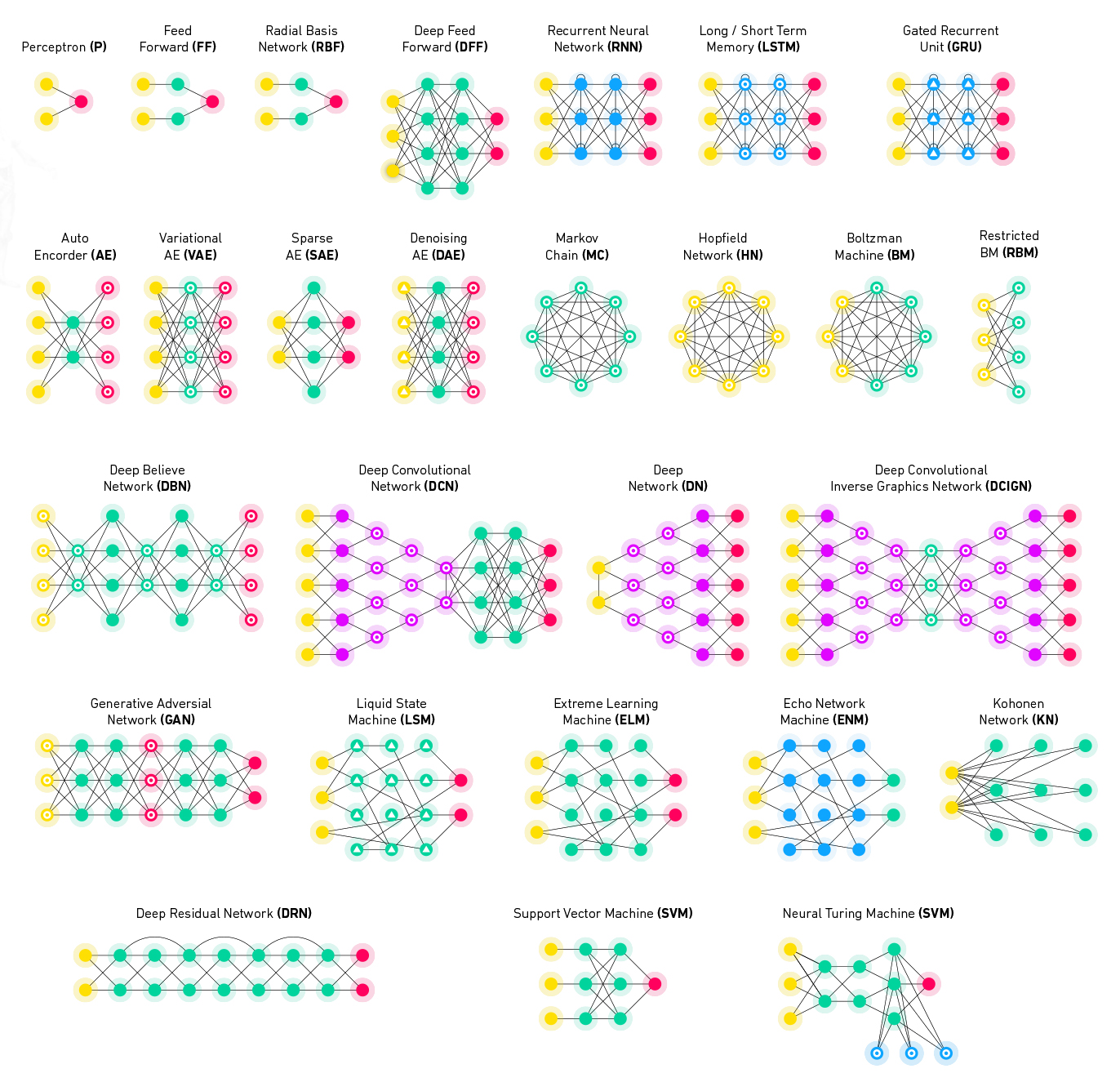
In conclusion, a machine learning model is a complex mathematical equation that is built to identify patterns and make predictions based on input data. These models vary in complexity and can be designed to solve a range of problems, from image recognition to natural language processing. While the inner workings of these models may seem daunting, their real-world applications are truly remarkable. Machine learning has revolutionized many industries, from healthcare to finance, and continues to shape our world in new and exciting ways.
As our understanding of machine learning continues to grow, so too does our ability to harness its power. With the advent of new technologies and the increasing availability of data, the possibilities for machine learning are endless. As businesses and organizations continue to adopt this technology, we can expect to see even more innovative applications in the years to come. Whether it’s improving healthcare outcomes, optimizing supply chains, or enhancing customer experiences, machine learning is poised to transform our world in ways we can only imagine. As a professional writer, it is exciting to be part of a field that is at the forefront of this transformation.

